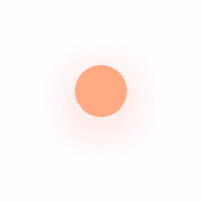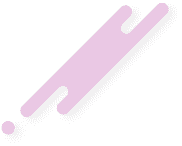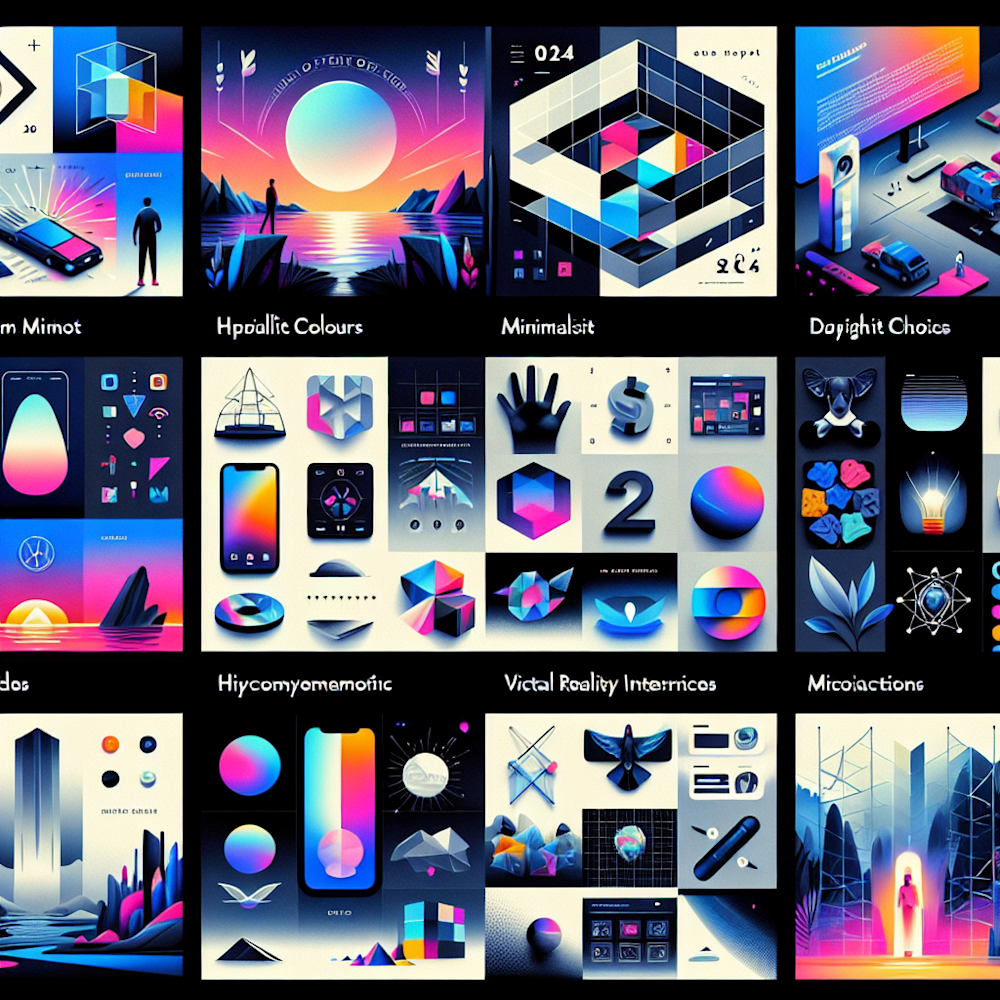A wise man once said "New year, new me", this philosophy has clearly been adopted by some of the web designers setting the pace in 2024. Never ones to miss a good trend (or totally butcher a saying for an opening paragraph,) we've decided to do a roundup of the top web designs making their mark in the first dawn of 2024. And boy, there's a lot to tell.
The new trend in dark mode designs not only saving our eyeballs but also energy. Yes, ladies and gents. 2024 could finally be the year of the 'Dark Mode'.
Accessibility and inclusivity became non-negotiable in web design.
The use of Micro-Interactions to boost UX engagement.
Overlapping layers and elements, giving depth to web designs.
Migration from traditional screen to VR and AR experiences.
Neuromorphic Design - introducing the next big thing in UI.
AI and Machine Learning haven't been left behind, influencing how your site content gets crafted.
And, the coup de grace, vintage-inspired designs presenting something old as something new.
"Embrace the darkness!" the cry goes out, as Dark Mode becomes the new standard in web design.
This design technique involves using dark backgrounds, subtly enhanced with bright, contrasting colours that guide the user's eyes. The trend took flight in 2024, with many high traffic sites adopting this strategy as a power-saving feature while, conveniently, reducing visual fatigue, hence extending user visits. The benefits are double; ergonomics and efficiency together is a rare and wonderful thing in design.
Inclusivity and accessibility aren't buzzwords anymore, 2024 made sure of that. It's a stake in the ground. From including closed captions in videos to the use of high-contrast colours for the visually impaired, the web space has never felt this inclusive. And it wasn't just for the sake of it, either. These steps towards greater accessibility didn't detract from the overall aesthetic, it added depth and made for more user-friendly design.
Interaction was king in 2024 and Micro-Interactions were its crown jewels. These small animations pretty much took over every platform, from apps to websites and even email templates. Subtle, but mighty effective, Micro-Interactions nudged users to interact more with the interfaces leading to increased user engagement.
The multi-dimensional design ain't nothing but a number, according to 2024's trend of overlapping layers and elements. This aesthetic method builds a sense of depth within 2D screens that are visually appealing and encourages user's curiosity.
If the future is now, then 2024 was ahead of its time. Traditionally restrained by a 2D screen, web and interface designs took a leap into the unknown, fully embracing VR and AR integrated experiences. This bold lateral thinking has brought about immersive and interactive user experiences that have truly revolutionized design as we knew it.
Moving on to Neuromorphic Design, the brainchild of 2020 decided to fully bloom in 2024. Resembling digital twins of physical elements and objects, it's the kind of design strategy that makes you go, "Hey, I've seen that somewhere!". This skeuomorphistic evolution redefines how users interact with UI by making it feel more familiar, tangible, and engaging.
We can't deny the increasing influence of Artificial Intelligence and Machine Learning in nearly all facets of our lives. Deciding not to be left behind, web designers embraced it and used it to dynamically adapt and regroup content based on users' browsing habits and preferences. Consider the benefits - A design that learns from its users and continually evolves to provide them with personalised browsing experiences.
I've heard it said that "old is gold," and web designers in 2024 brought this idiom to life. The comeback of vintage-inspired designs had scintillated user interfaces with its charm and nostalgia. Convinced that trends revolve, the designers breathed new life into vintage fonts, muted color palettes, and other old school elements effectively providing a refreshing deviation from the recent modernist approach.
From a web designer's perspective, 2024 did not disappoint. It blurred borders between physical and digital spaces while ensuring a more inclusive and interactive environment. It dipped its toes into the future with AR and VR integrated experiences while simultaneously nodding to the past with vintage-inspired designs. The resurgence of dark mode designs and the advent of Neuromorphic Design has me personally excited. But most importantly, it highlighted the role of web design as more than just making things look pretty. Rather, it stands as a tool for communication, inclusivity, interaction, and user engagement. We can only tip our hats to 2024 and look forward to what the rest of the decade has in store for us.


